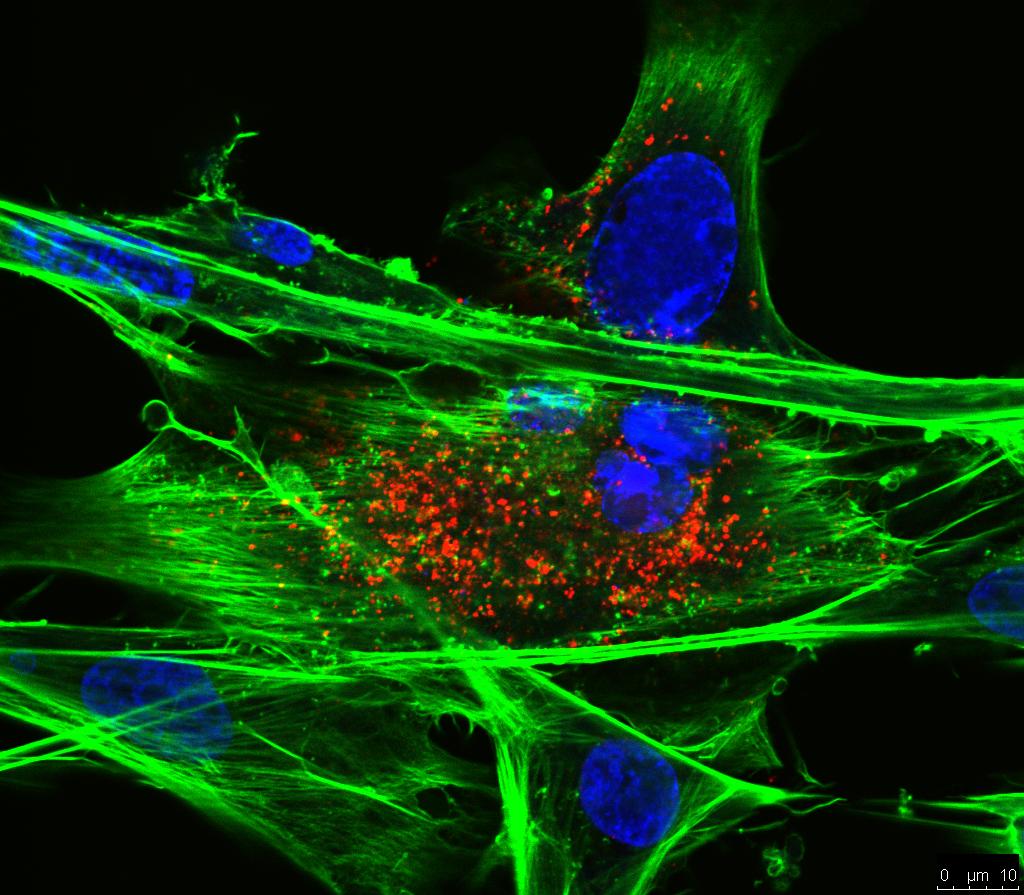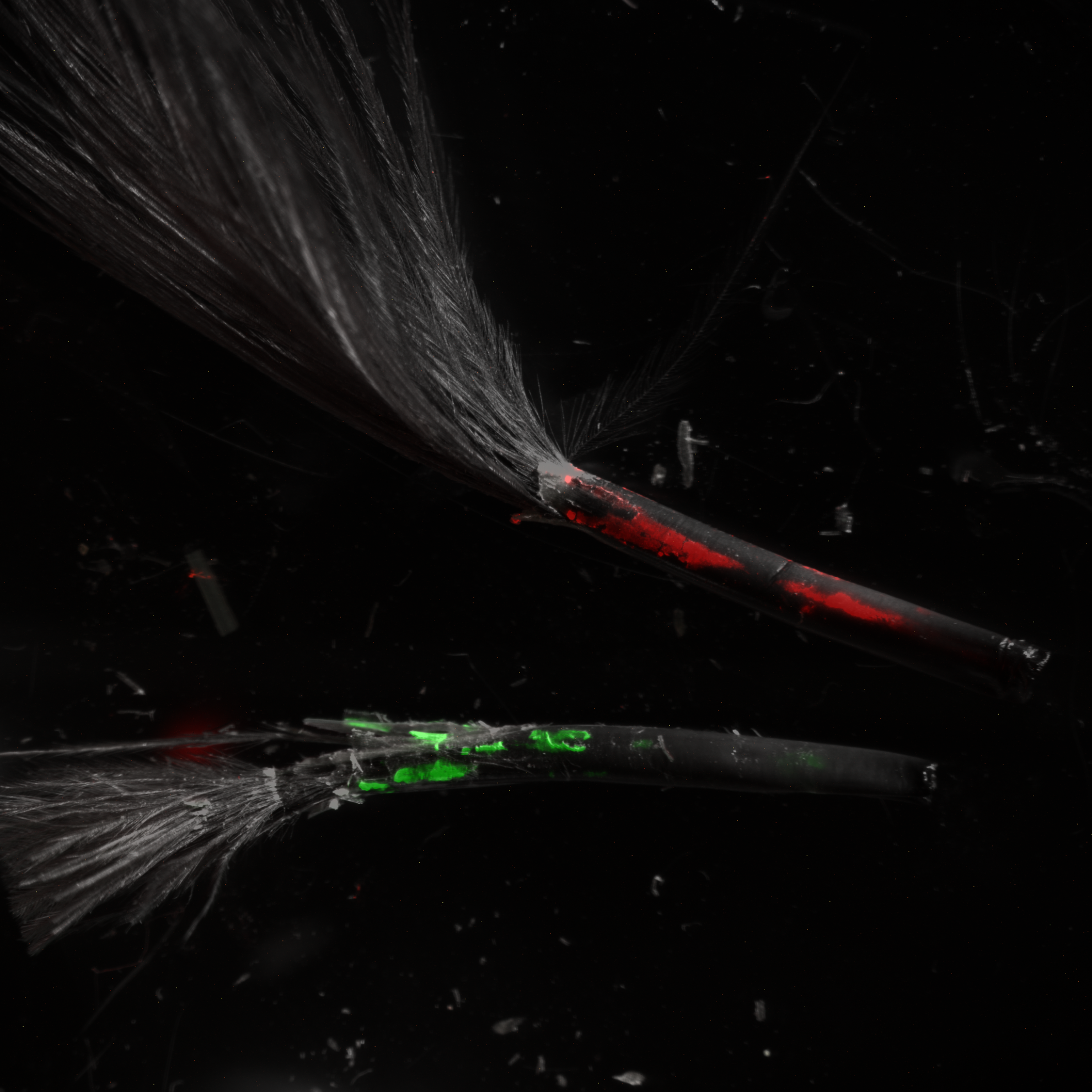UL28 and UL33 homologs of Marek’s disease virus terminase complex involved in the regulation of cleavage and packaging of viral DNA are indispensable for replication in cultured cells
Processing and packaging of herpesvirus genomic DNA is regulated by a packaging-associated terminase complex comprising of viral proteins pUL15, pUL28 and pUL33. Marek’s disease virus (MDV) homologs UL28 and UL33 showed conserved functional features with high sequence identity with the corresponding Herpes simplex virus 1 (HSV-1) homologs. As part of the investigations into the role of the UL28 and UL33 homologs of oncogenic MDV for DNA packaging and replication in cultured cells, we generated MDV mutant clones deficient in UL28 or UL33 of full-length MDV genomes. Transfection of UL28- or UL33-deleted BAC DNA into chicken embryo fibroblast (CEF) did not result either in the production of visible virus plaques, or detectable single cell infection after passaging onto fresh CEF cells. However, typical MDV plaques were detectable in CEF transfected with the DNA of revertant mutants where the deleted genes were precisely reinserted. Moreover, the replication defect of the UL28-deficient mutant was completely restored when fragment encoding the full UL28 gene was co-transfected into CEF cells. Viruses recovered from the revertant construct, as well as by the UL28 co-transfection, showed replication ability comparable with parental virus. Furthermore, the transmission electron microscopy study indicated that immature capsids were assembled without the UL28 expression, but with the loss of infectivity. Importantly, predicted three-dimensional structures of UL28 between MDV and HSV-1 suggests conserved function in virus replication. For the first time, these results revealed that both UL28 and UL33 are essential for MDV replication through regulating DNA cleavage and packaging.

